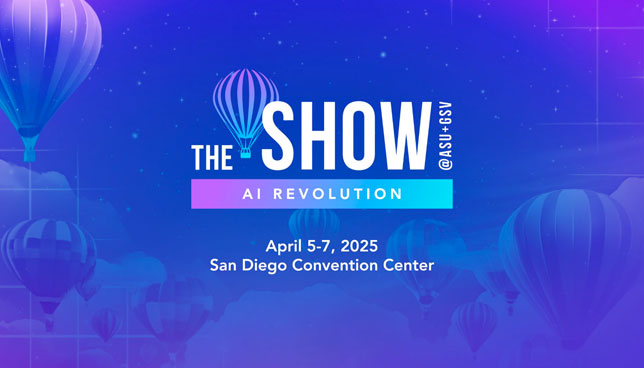
The bipartisan House Task Force on Artificial Intelligence recently released its recommendations to bolster American leadership in AI.

Anthropic has announced a version of its Claude AI assistant tailored for higher education institutions. Claude for Education "gives academic institutions secure, reliable AI access for their entire community," the company said, to enable colleges and universities to develop and implement AI-enabled approaches across teaching, learning, and administration.

The AI Show @ ASU+GSV, held April 5–7, 2025, at the San Diego Convention Center, is a free event designed to help educators, students, and parents navigate AI's role in education. Featuring hands-on workshops, AI-powered networking, live demos from 125+ EdTech exhibitors, and keynote speakers like Colin Kaepernick and Stevie Van Zandt, the event offers practical insights into AI-driven teaching, learning, and career opportunities. Attendees will gain actionable strategies to integrate AI into classrooms while exploring innovations that promote equity, accessibility, and student success.

NVIDIA has introduced a new lineup of AI-powered computing solutions designed to accelerate enterprise workloads.